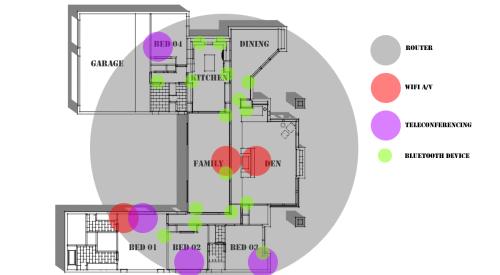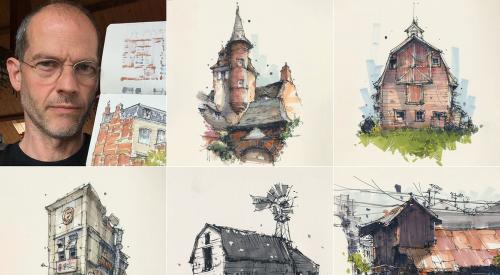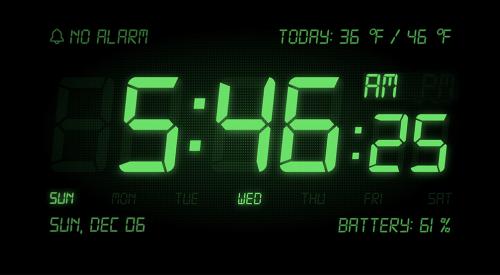When I say the word “architect” what do you imagine? It seems that most people imagine individuals in black clothing (most likely a turtleneck) and heavy rimmed glasses. We are here to set the record straight regarding the disconnect between the public’s perception and the reality of architects – for better or worse – so prepare yourself.
Andrew and I sit down with a long list of stereotypes about architects and have a discussion about their reliability and truthfulness.
Is that really a thing? Do all architects do that? Where did that idea even come from?
While we will not get to all the stereotypes, we certainly have strong opinions on each and every item on this list. We attempted to simply identify the stereotype and state whether it was True or False, and in some cases, we did not come to a resounding conclusion because we didn’t always agree with each other, so in these instances, we managed to end up with a “yes, but …” so apparently, we should be more rigid in our evaluations.

The stereotype is that Architects are Rich … is this true or false? jump to 3:46
This is False. Most people think that architects are rich although I’m not sure where the demarcation line for “rich” actually begins or how something like that can be defined. While there are several reasons for why this disconnect might exist, some of which I can think of right off the top of my head, most have something to do with our level of education, the sorts of items that we covet, and the manner in which we carry ourselves.
But is this stereotype really false?
According to the U.S. Bureau of Labor and Statistics, the 2019 Median salary for architects is $80,750 per year and $38.82 per hour.
Based on an $80k median salary (median meaning half make more than this number, half make less), that is more than approximately 64% of individual wage earners in the US and the lowest 10 percent earned less than $48,700, and the highest 10 percent earned more than $137,620.
If we look at capacity – focus on that top 10% number, $137k puts you in some fairly rare air since only 18.6% of wage earners exceed that number … but let’s go one step further shall we? The top 5% of households, three quarters of whom had two income earners, had incomes of $166,200. Using the median average, a dual-income household of architects would be $161,500.
What we can agree on is that architects don’t have as much money as the general public thinks they do … we’re they are just saving our money until we can buy the exact things we want.
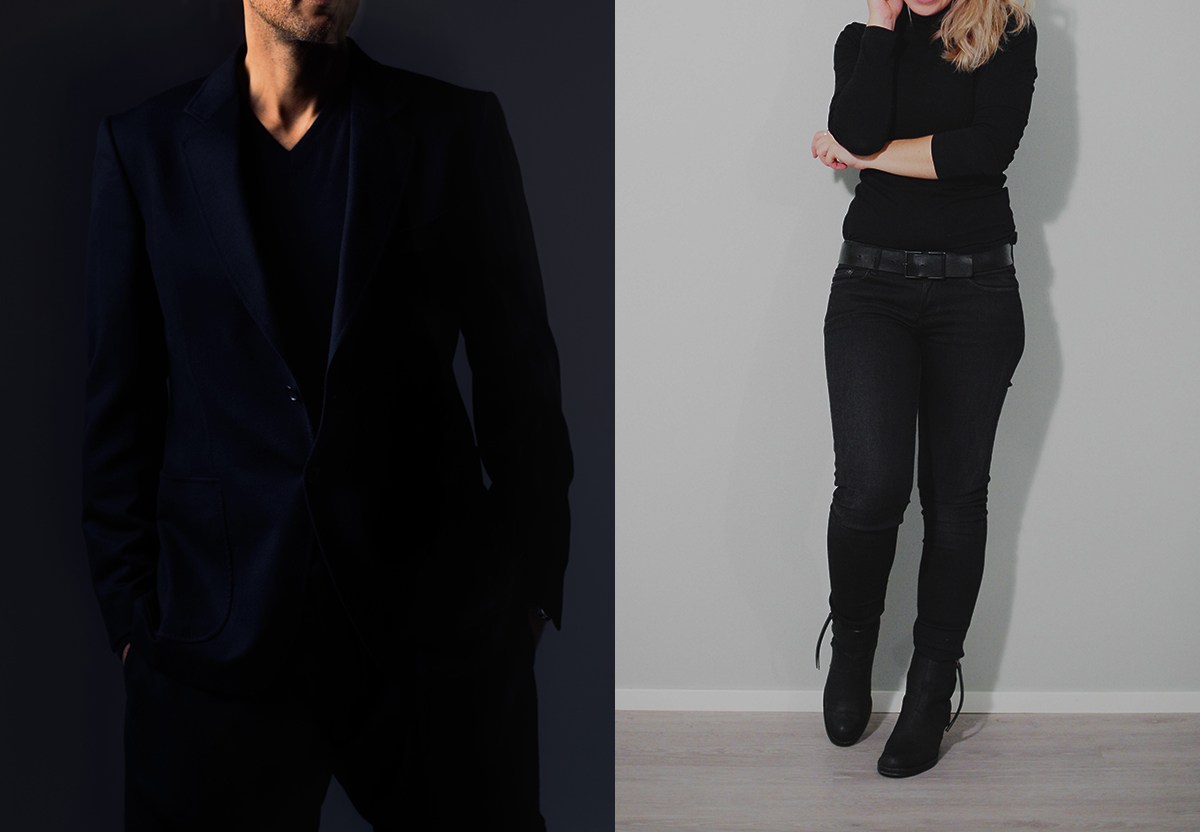
The stereotype is that Architects are fashionable and that they wear a lot of black … is this True or False? jump to 13:12
This is also false. There are some architects out there that embrace black, but is it disproportionate to anybody else who might where black? Most people look pretty amazing in black so I’m not sure that architects hold the rights to this fashion choice. I wear black from time to time but it’s not because I’m an architect … it’s because I have dazzling white hair and beard and black is a nice contrast. Besides, if I were to wear too much color, the “off-season Santa Claus” jokes would come a bit too often for my likings. Andrew wears black a LOT. He is a black, on black, on black sort of person but he seems to be able to pull it off. In my opinion – few people successfully execute the all-black look because their blacks are not all the same black, which just makes them look a bit sloppy.
So let’s get to the other clothing-related question of whether or not architects possess a strong or unique sense of fashion …
No. They don’t.
The vast majority of young architects wear Dockers just like everyone else, at least until they get a bit older and they upgrade to something marginally better unless they’re Zaha Hadid, or Richard Rogers or Mike Davies. I am of the opinion – as unpopular as it may be – that wearing a bowtie does not make you fashionable. It’s a bit … especially if that bowtie is made out of wood.
Maybe it is best summed up by stating some architects seem to have their own “strong sense of fashion”. Whether it is good or not is up for debate. Andrew has his own opinions on this and would not ever be caught in khakis.
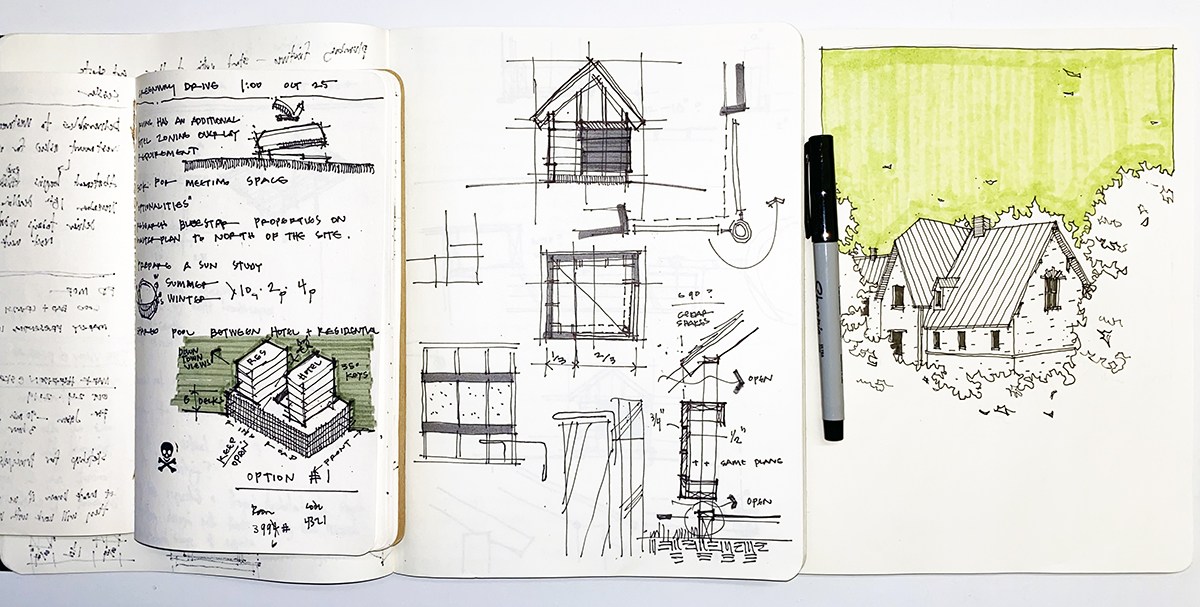
The Stereotype is that Architects are good at sketching … is this true or false? jump to 32:59
False? … but I will concede that it could be true if you are comparing us as a group to any other vocational group that did not take any art classes, but I believe this to be false as fewer and fewer architects I see have any sketching abilities at all. There isn’t any magic to this – you want to get better at sketching you have to practice. Every single person I know who would be considered “good” at sketching does it every single day.
They seemingly go out of their way to find something to sketch when something more organic doesn’t present itself. In the image above, these are not intrinsically sketchbooks, they are actually my project notebooks and I will either doodle something in them (like a stapler you see in the top left) or I will “burn” a page and draw something just as practice (like the image I drew to the bottom right and this one that I used as a reference while I was sketching over my lunch break).

The Stereotype is that Architects work long hours … is this true or false? jump to 32:59
I think this is also false but what are we comparing this to? Other professionals in our tax bracket? I’m not sure we work any more than people who are compensated similarly to us. I went back and looked at my timesheet for the last 6 months and I averaged 47 hours of direct time per week – which excludes things blog or podcast related even though I am definitely working during this time and do NOT see this time spent as a hobby.
If I add the time spent from those pursuits I am easily over 65 to 70 hours per week … and that’s not a few weeks here and there, that’s going on 10 years of 65+ hours per week.
I wrote a post a while back in an effort to debunk the idea that architects work a billion hours a week and it was titled “Architecture – A Culture of Long Hours?” and I went through an entire year of timesheets and estimates to look at how many hours I spent while on the company clock.

The Stereotype is that Architects are fueled by coffee (caffeine) … True or False? jump to 40:20
This stereotype is absolutely true. Architects have an unnatural relationship with their coffee. And if it isn’t in a particular paper cup from a particular coffee vendor, it will be out of the same mug.
Every day. While we both drink some versions of coffee neither I nor Andrew could be considered hard-core connoisseurs of the bean. I am easing myself into coffee with a goal of one day becoming a black coffee drinker. I am definitely taking baby steps at the moment.
Andrew prefers his coffee cold. We both agree that we typically renounce hot coffee simply due to the fact of hot Texas weather. But after our discussion, we both think we might possibly (maybe?) try some Kopi Luwak (otherwise known as monkey-butt coffee) but we agree that nobody needs to know that you are drinking mushroom coffee.
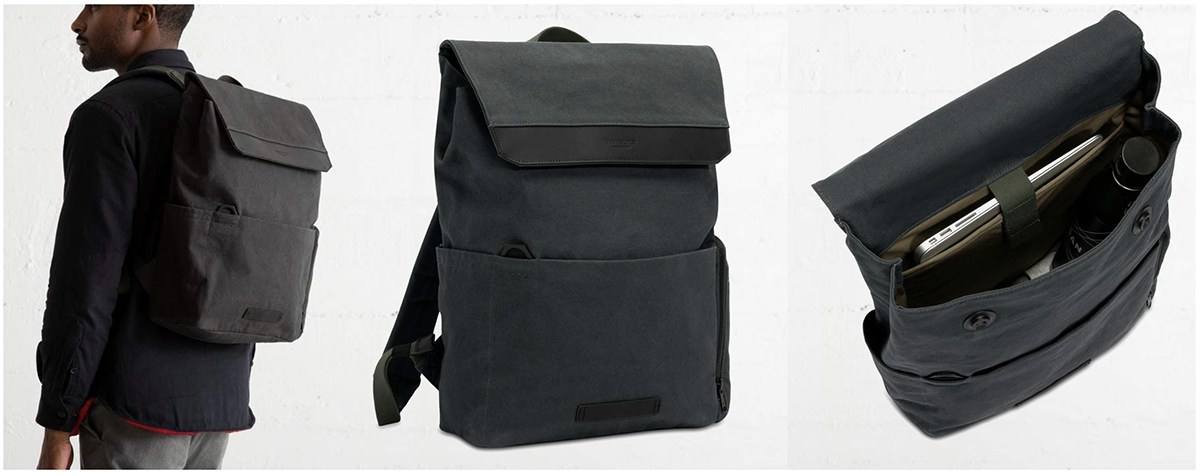
The Stereotype is that Architects use Shoulder bags … True or False? jump to 46:55
True? False? For Andrew … of course, it’s true, but it isn’t exclusive to architects or the architectural profession. Bob thinks this stereotype was once true but has gone the way of the Dodo bird.
I used a shoulder bag for years and I enjoyed it and found it very useful but I made the switch to a backpack about 4 years ago and find that it suits my needs a lot better. We seem to be in a bit of a disagreement on the current implementation of the messenger bag within the profession. Andrew believes they are not that commonplace and that a satchel/soft briefcase is more the norm. But he tends to carry around the smallest messenger bag available for his daily use.
It is essentially a purse by my standards. I stand by my switch to the backpack simply due to the amount of “stuff” I seem to be carrying around with me all the time. I am not certain at what point I began to need all this stuff, but I absolutely could not haul it around in a messenger bag. Two laptops, pens, papers, folders, notebooks, and all the other items that make it an office on the go simply needs more space.

The Stereotype is that Architects must live in an AWESOME house – that they probably designed jump to 55:08
This is FALSE … but that would be my dream. (or maybe a nightmare) But the reality is that I am not certain I know of many architects who live in a house that they designed. I might be able to count on one hand out of the hundred+ architects I know. It is even a big deal to other architects when this happens. There are panels at conventions where architects present on creating their own houses.
But it doesn’t happen that often. I think this is closely related to some other items on this list. We know the quality stuff and we can’t always afford it. So the idea of “settling” for less may be difficult when you are 100% responsible for the project.
It also seems to be a greater infatuation with being able to design your own second home, lake house, or retreat cabin. Andrew and I both agree that we would much rather design that type of house for ourselves than the one that is used every day and requires all the practical and daily life necessities of your main home. Not that this preference makes it any more possible or attainable, but it seems like it’s a bit more cooler.
I am not certain how this stereotype came about either. But it certainly does exist. We also seem to like to live in awesome houses that we did not design, but managed to find or possibly modify a bit to make it more awesome. My last house was really cool and any architect that visited would easily agree. It just had that “designer” quality to it. Andrew also lives in a house that was designed by an architect and it is not a traditional house by most standards.

Since we had to re-record the episode, we decided to go off-book this week and take on a question that neither had done any preparation for … was this a smart decision? jump to 59:40
"If a hundred people were selected at random, how many do you think would have a “better” life than yours, and how many of those would you be willing to trade places with?"
How did that end up? Well, we have definitely differing answers to this one. One of us definitely believes we are living our “best life” while the other is slightly less so, but still not really interested in swapping places. We tried to keep this one positive and not let Andrew drag it into the dark but I will admit that I did not foresee the possibility for depressing answers that we narrowly avoided.
Despite what Hollywood and the general public think of architects, the large majority of the stereotypes we discussed were actually false … a fact that I am sure does not come as a surprise to most architects, but yet we still managed to acknowledge that they had to come from somewhere and be founded in some type of truths. In the end, we may have straddled the line of yes and no more than we would have anticipated, but sometimes it’s tough to be overly judgmental of your peer group. After taking a look at the general opinions that exist regarding architects, it was interesting to consider how much of a role architects have in creating these stereotypes. I can say with absolute confidence that most architects seem to embrace these stereotypes even if they don’t actually believe them to be true.
Cheers and stay safe,

Life of an Architect would like to thank Sherwin-Williams Coil Coatings for their gracious support of this episode, as well as our media partners, Building Design+Construction. If you would like to learn more about Sherwin-Williams and Fluropon Pure or any of their coil coating products, you can reach them at coil.sherwin.com/architectslife.com.



